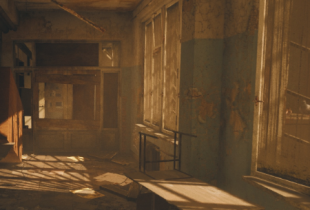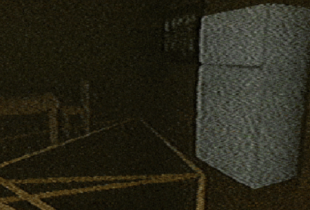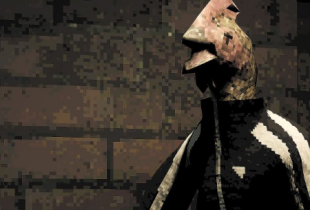Game description:
Fort Of Naughty World is an indie game that combines adventure, exploration, and interactive decision-making. The player is placed into a fictional setting where a fortress becomes the central location for progress. Within its walls, the character moves through corridors, interacts with objects, and encounters different scenarios that vary depending on prior choices. The design creates a loop where discovery and reaction to events shape the experience.
Exploration And Structure
The fortress in Fort Of Naughty World is divided into sections that the player unlocks gradually. Each part contains challenges or small puzzles that must be solved before moving further. Characters and objects scattered across the environment provide clues about what to do next. Exploration is not linear, as paths may branch depending on the approach taken. The structure allows for different outcomes even when starting from the same point.
Core Systems
The design of Fort Of Naughty World introduces several mechanics that form the base of gameplay:
· interactive rooms that change with decisions
· puzzles linked to environmental objects
· dialogue-driven encounters with consequences
· multiple routes to progress through the fortress
· alternate endings based on accumulated choices
This list shows how narrative and mechanics overlap, giving players reasons to replay and explore beyond the main path.
Visual And Audio Style
The game uses a stylized presentation that focuses on clarity of objects and the atmosphere of the fortress. Lighting and room design emphasize contrasts between safe areas and uncertain spaces. Audio is designed to match the pacing, with subtle sounds during exploration and more intense cues when decisions must be made. Together, visuals and audio help to maintain focus on the shifting tone of the environment.
Replay And Player Agency
Replay value in Fort Of Naughty World is tied to the branching structure of the narrative and the outcomes available. Different sequences can be unlocked by making alternative choices in dialogues or puzzles, leading to varied endings. The sense of agency is reinforced by the way earlier actions influence later events, encouraging players to return and test different strategies. This structure ensures that each playthrough feels distinct, maintaining engagement across multiple runs.
























































































































































Comments